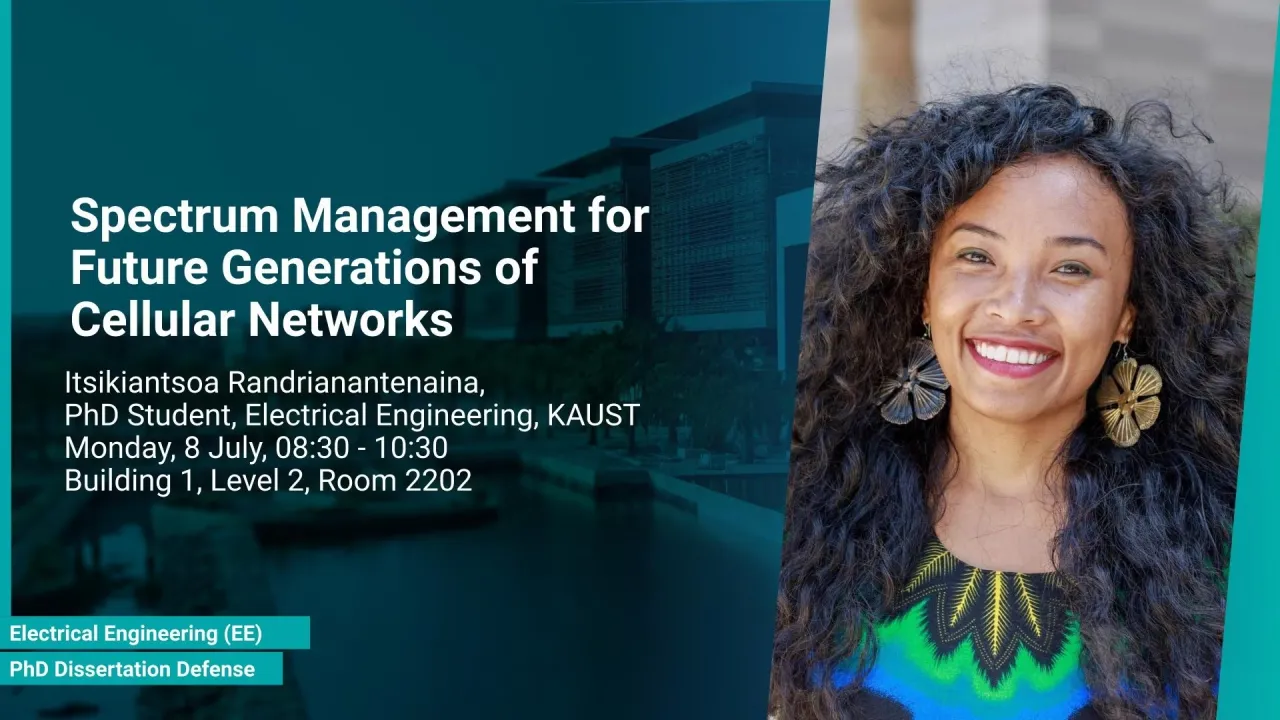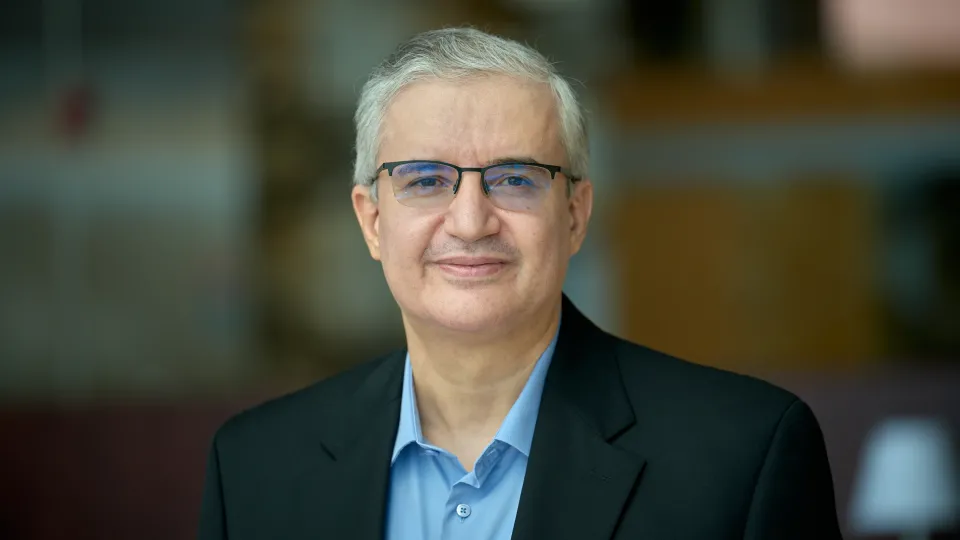
Spectrum Management for Future Generations of Cellular Networks
The demand for wireless communication is ceaselessly increasing in terms of the number of subscribers and services. Future generations of cellular networks are expected to allow not only humans but also machines to be immersively connected. However, the radio frequency spectrum is already fully allocated. Therefore, developing techniques to increase spectrum efficiency has become necessary. In that context, this dissertation analyzes two spectrum sharing techniques that enable efficient utilization of the available radio resources in cellular networks. The first technique, called full-duplex (FD) communication, uses the same spectrum to transmit and receive simultaneously. The second spectrum sharing technique, called non-orthogonal multiple access (NOMA), allows a transmitter to communicate with multiple receivers through the same frequency-time resource unit.
Overview
Abstract
The demand for wireless communication is ceaselessly increasing in terms of the number of subscribers and services. Future generations of cellular networks are expected to allow not only humans but also machines to be immersively connected. However, the radio frequency spectrum is already fully allocated. Therefore, developing techniques to increase spectrum efficiency has become necessary. In that context, this dissertation analyzes two spectrum sharing techniques that enable efficient utilization of the available radio resources in cellular networks. The first technique, called full-duplex (FD) communication, uses the same spectrum to transmit and receive simultaneously.
First, using stochastic geometry tools, we derive a closed-form expression of an upper-bound for the maximum achievable uplink ergodic rate in FD cellular networks. We show that the uplink transmission is vulnerable to the new interference introduced by FD communications (interference from the downlink transmission in other cells), especially when the disparity in transmission power between the uplink and downlink is considerable. We further show that adjusting the uplink transmission power according to the interference power level and the channel gain can improve the uplink performance in full-duplex cellular networks. Moreover, we propose an interference management technique that allows a flexible overlap between the spectra occupied by the downlink and uplink transmissions. The flexible overlap is optimized along with the user-to-base station association, the power allocation and the channel allocation in order to maximize a network-wide utility function.
The second spectrum sharing technique, called non-orthogonal multiple access (NOMA), allows a transmitter to communicate with multiple receivers through the same frequency-time resource unit. We analyze the implementation of such a scheme in the downlink of cellular networks, more precisely, in the downlink of fog radio access networks (FogRANs). FogRAN is a network architecture that improves the cloud radio access network (CloudRAN) for it reduces the latency caused by the fronthaul links (links between the cloud and the access points). Instead of entirely relying on the cloud as in CloudRAN architecture, FogRAN takes full advantage of the edge devices capability to process and store data. We propose managing the interference for NOMA-based FogRAN to improve the network performance by jointly optimizing user scheduling, the power allocated to each resource block and the division of power between the multiplexed users. The simulation results show that significant performance gains can be achieved through proper resource allocation with both studied spectrum sharing techniques.
Brief Biography
Itsikiantsoa Randrianantenaina received the Engineering Diploma degree from the Institut National des Postes et Telecommunications, Rabat, Morocco, in 2013, and the M.S. degree in electrical engineering from the King Abdullah University of Science and Technology (KAUST), Thuwal, Saudi Arabia, in 2015, where she is currently pursuing the PhD degree. Her research interests include full-duplex and NOMA systems, interference management, FogRAN architecture, stochastic geometry and optimization.

